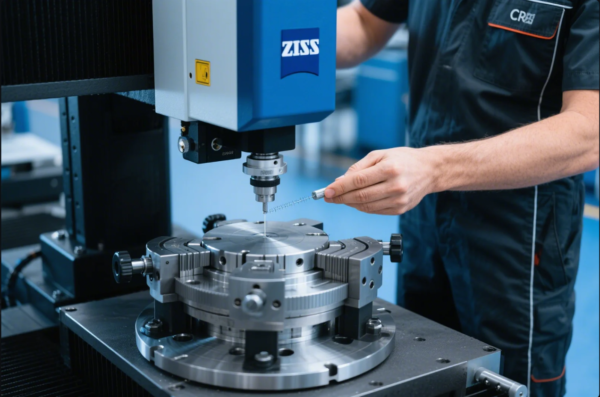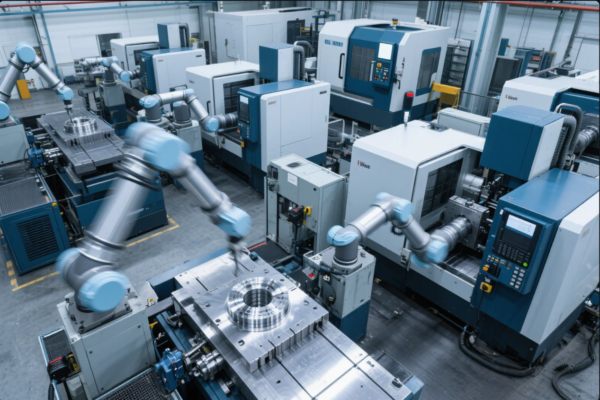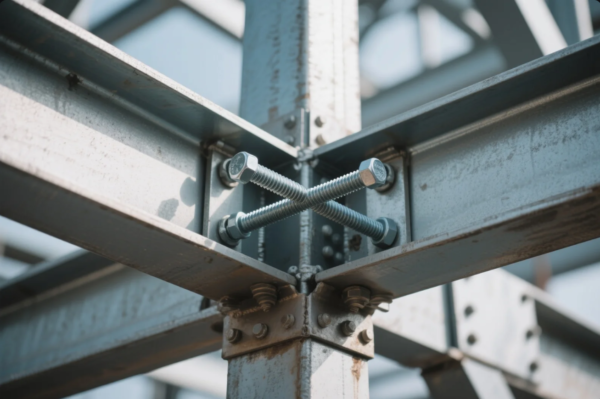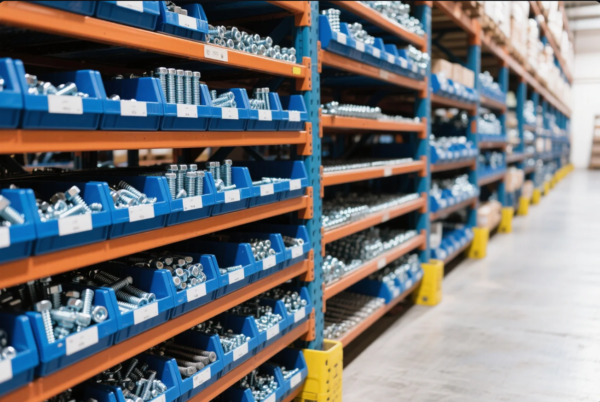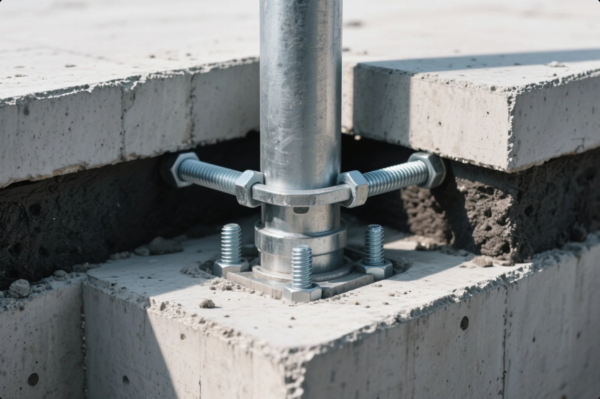How Do You Get Rid of Stiffness After Cast Removal?

After wearing a cast for an extended period, it's normal to experience stiffness and weakness in the affected area. Whether it's your arm, leg, or hand, regaining full mobility and strength may take time. Here’s how to get rid of stiffness and speed up recovery after cast removal.
Snippet paragraph: Stiffness after cast removal is common but can be improved with gentle exercises and proper care. Keep reading for practical steps to regain mobility and strength.
Transition paragraph: If you're experiencing stiffness after cast removal, don't worry! Here's how you can effectively work through it and restore full movement.
How Long Does It Take for Stiffness to Go Away After Cast Removal?
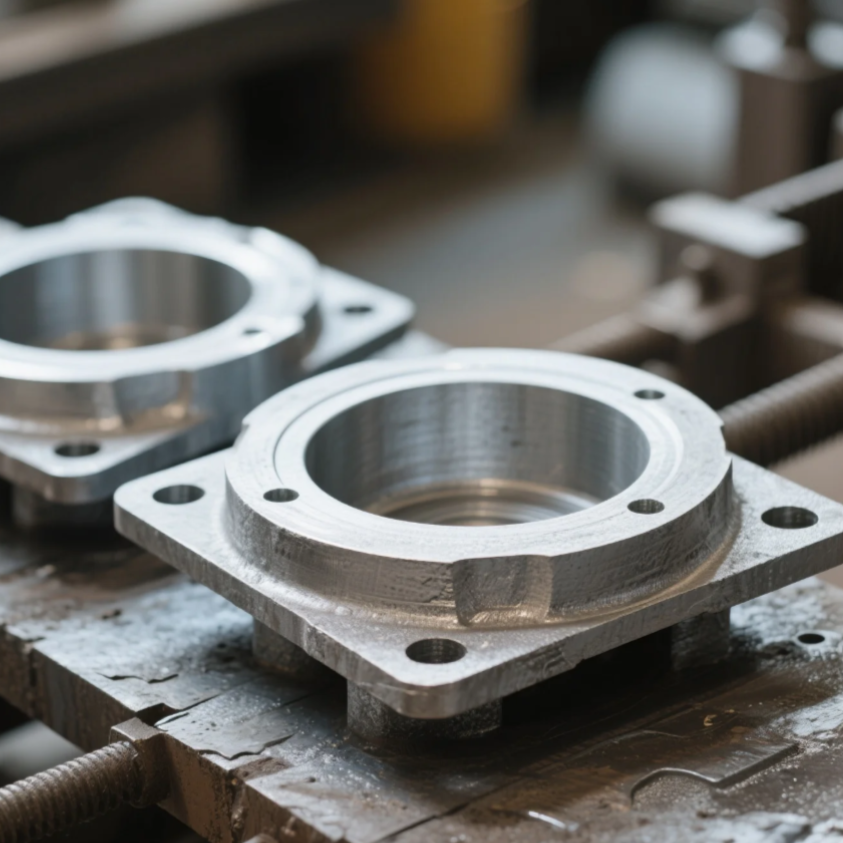
Stiffness after cast removal can last anywhere from a few days to several weeks, depending on factors like the length of time the cast was worn, the type of injury, and your general health. In most cases, you can start to see improvement in mobility within the first few days as you gently stretch and move the affected area.
Factors Affecting Stiffness Recovery
- Duration of cast use: The longer you wear the cast, the more likely you are to experience stiffness. Muscles and joints weaken without movement, and it may take longer to regain full flexibility.
- Type of injury: Different injuries and their severity impact how quickly the stiffness goes away. For example, a simple fracture might recover faster than a complex bone break.
- Age and overall fitness: Younger individuals and those who are more physically active generally recover faster than those who are older or less active.
How to Help Stiffness Subside
- Gentle stretching: Start by doing gentle stretches to improve flexibility without pushing your limits.
- Physical therapy: A physical therapist can guide you through exercises to regain mobility and strength in a safe, controlled manner.
How Do I Regain Strength After Cast Removal?

After a cast is removed, your muscles and joints will likely feel weak and stiff due to prolonged immobility. Regaining strength takes time and effort, but with the right exercises and techniques, you can rebuild strength and function in the affected area.
Steps to Regain Strength
- Start with gentle range-of-motion exercises: These exercises focus on moving your joints through their full range of motion. They help prevent further stiffness and prepare your muscles for more intense strength-building exercises.
- Gradually increase resistance: Once you can move the joint comfortably, add resistance to your exercises, such as using light weights, resistance bands, or bodyweight exercises.
- Consistency is key: Make a habit of doing your strength exercises daily or several times a week. Gradual progression will lead to the best results over time.
Focus Areas for Regaining Strength
- Strengthening the muscles: As you progress, work on strengthening the muscles that were immobilized during the cast period. This will help improve both strength and flexibility.
- Balance exercises: Regaining balance and coordination is important for walking, standing, and performing everyday activities.
How Long Does It Take to Walk Normally After Cast Removal?
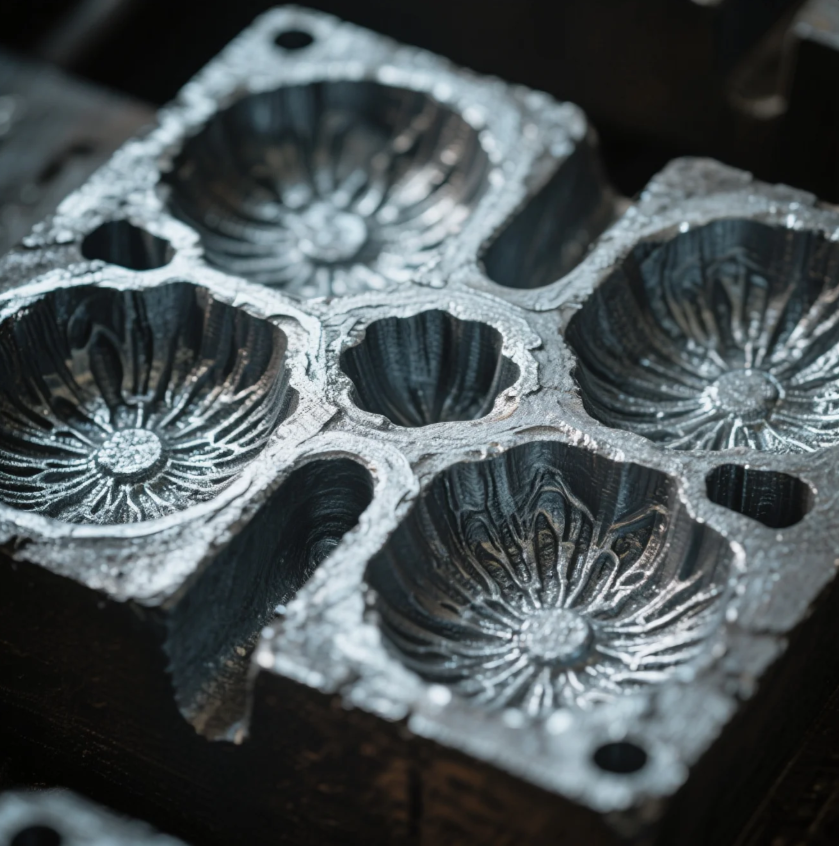
The time it takes to walk normally after cast removal varies. For some people, it may take a few days, while for others, it can take several weeks, especially if the leg or foot was immobilized. The recovery timeline depends on the extent of the injury and how much strength and flexibility you regain in your muscles and joints.
Steps to Regain Normal Walking
- Start with weight-bearing exercises: Begin standing and bearing weight on the injured leg. Gradually work your way to walking short distances with support, such as holding onto a railing or using a walker.
- Use crutches if needed: If you feel unstable, use crutches to avoid putting too much pressure on the affected leg until you feel confident walking.
- Practice walking with proper form: As you progress, focus on your walking technique to avoid compensating with the unaffected leg, which could lead to other issues.
What to Expect During the Recovery Process
- Initial discomfort: You may experience some discomfort or awkwardness as you start walking again, which is normal as your muscles and joints adjust.
- Gradual improvement: Over time, you should notice that walking becomes easier and more natural as you regain strength and flexibility.
Why Is My Hand Stiff After Cast Removal?
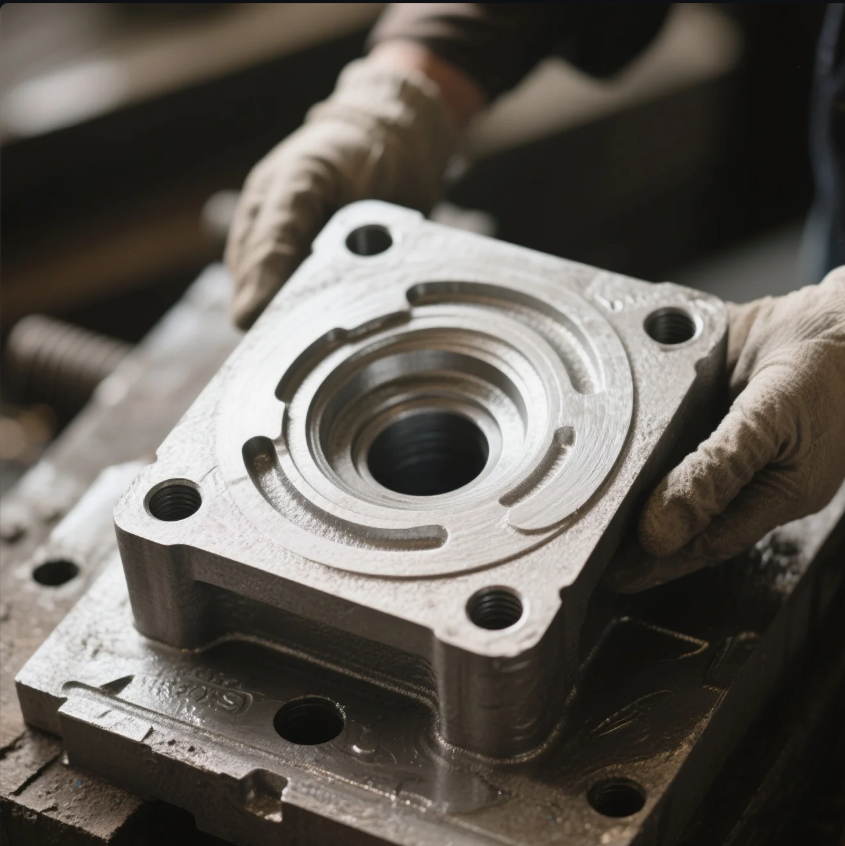
Hand stiffness after cast removal is common due to the lack of movement while the cast was on. When the hand is immobilized, the muscles and joints become stiff, and it may take time to regain full range of motion and strength. Fortunately, there are ways to help alleviate this stiffness.
Causes of Hand Stiffness After Cast Removal
- Muscle atrophy: Muscles weaken and shrink when not used for an extended period. After cast removal, the hand muscles need time to rebuild strength and flexibility.
- Joint stiffness: Joints may become stiff due to lack of movement, leading to discomfort when trying to bend or extend the fingers.
- Swelling: Some residual swelling from the injury or cast can also contribute to stiffness and limited movement.
How to Alleviate Hand Stiffness
- Gentle hand exercises: Start by gently opening and closing your hand, making fists, and stretching your fingers to help restore movement.
- Warm compresses: Applying a warm compress to the hand can help relax the muscles and ease stiffness before starting exercises.
- Physical therapy: A hand therapist can guide you through specific exercises to improve strength, flexibility, and reduce pain.
Conclusion
Stiffness after cast removal is a normal part of the recovery process, but with patience, consistent effort, and proper exercises, you can regain full mobility and strength. Whether it's your hand, leg, or arm, start slow and gradually build up your strength. If stiffness or discomfort persists, consider consulting a physical therapist for additional support.
Need help with your recovery or want to learn more about exercises for post-cast stiffness? Contact Prime for expert advice and guidance to help you heal effectively and quickly.

